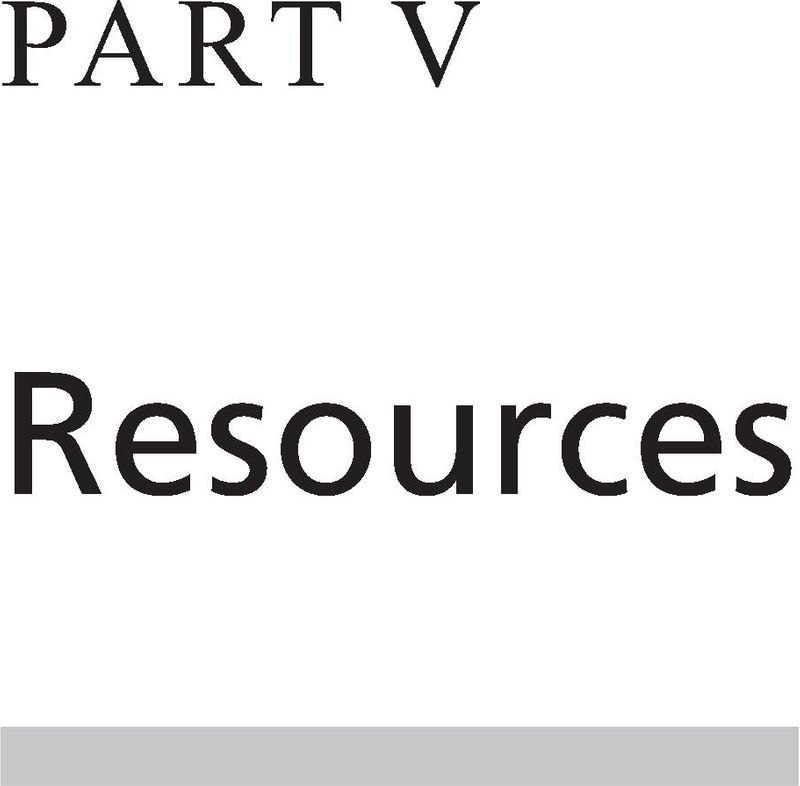Book contents
- The Cambridge Handbook of Environmental Sociology Volume 2
- The Cambridge Handbook of Environmental Sociology
- Copyright page
- Contents
- Figures
- Tables
- Contributors
- Foreword
- Introduction
- Part I Methods
- Part II Embodied Environmental Sociology
- Part III Beyond the Human
- Part IV Sustainability and Climate Change
- Part V Resources
- Part VI Food and Agriculture
- Part VII Social Movements
- Index
- References
Part V - Resources
Published online by Cambridge University Press: 05 November 2020
- The Cambridge Handbook of Environmental Sociology Volume 2
- The Cambridge Handbook of Environmental Sociology
- Copyright page
- Contents
- Figures
- Tables
- Contributors
- Foreword
- Introduction
- Part I Methods
- Part II Embodied Environmental Sociology
- Part III Beyond the Human
- Part IV Sustainability and Climate Change
- Part V Resources
- Part VI Food and Agriculture
- Part VII Social Movements
- Index
- References
Summary

- Type
- Chapter
- Information
- The Cambridge Handbook of Environmental Sociology , pp. 301 - 374Publisher: Cambridge University PressPrint publication year: 2020



